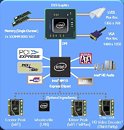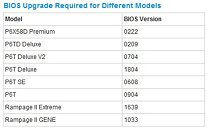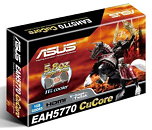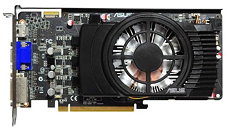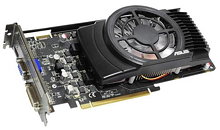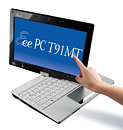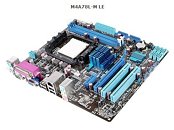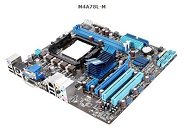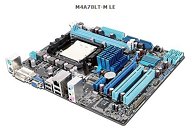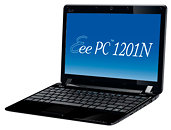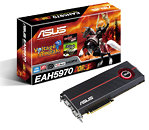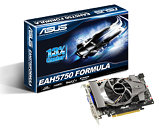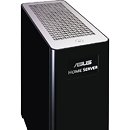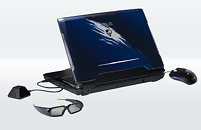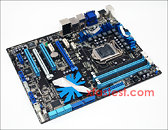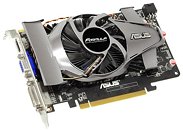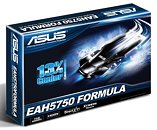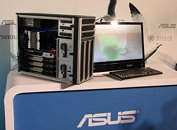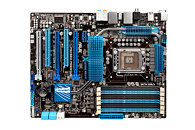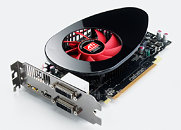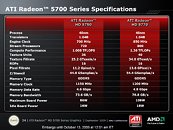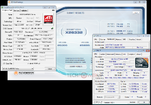After releasing a wave of socket LGA-1156 motherboards under the P7P55D series, ASUS is ready with its newest socket LGA-1366 offering, based on the Intel X58 Express chipset, supporting Core i7 "Bloomfield" processors. The P6X58D Premium first
surfaced back in July, but hit development roadblocks due to industry-wide issues with the SATA 6 Gb/s controller it used, which now seem to have been ironed-out. It brings to the table support for new technologies such as USB 3.0, and SATA 6 Gb/s, along with making use of the company's Xtreme Phase motherboard component design. The two SATA 6 Gb/s ports are color-coded white, and placed next to the SATA 3 Gb/s ports color-coded blue, provided by the ICH10R southbridge. The white ports are driven by a Marvell SATA 6 Gb/s controller. The two USB 3.0 ports on the other hand, are color-coded blue, and are placed next to the PS/2 connectors on the rear-panel. They are driven by an NEC-made controller.
The LGA-1366 socket is powered by a 16-phase circuit. The six DDR3 memory slots support up to 24 GB of DDR3 memory across a triple-channel (192-bit) memory interface. Components, heatsinks, and slots on the board stick to the blue/white/black color-scheme. Heatsinks over the VRM, northbridge, and southbridge are connected by heatpipes. Expansion slots include three PCI-Express 2.0 x16 (electrically x16, x8, x8, or x16, x16, NC, depending on how they're populated), two PCI, and one PCI-Express x1. Connectivity includes two gigabit Ethernet interfaces, USB 3.0, FireWire, and a number of USB 2.0 ports. ASUS-exclusive features include Precision Tweaker 2 (that provides voltage control with a fine-resolution), Stepless Frequency Selection, and ASUS CPU Parameter Recall. The new motherboard should reach markets this November.





